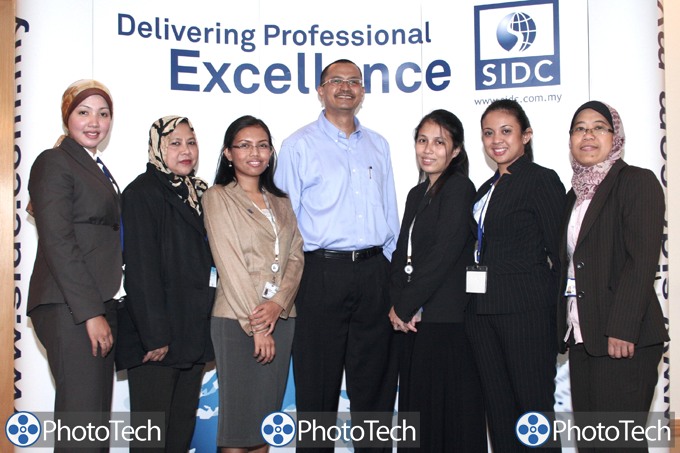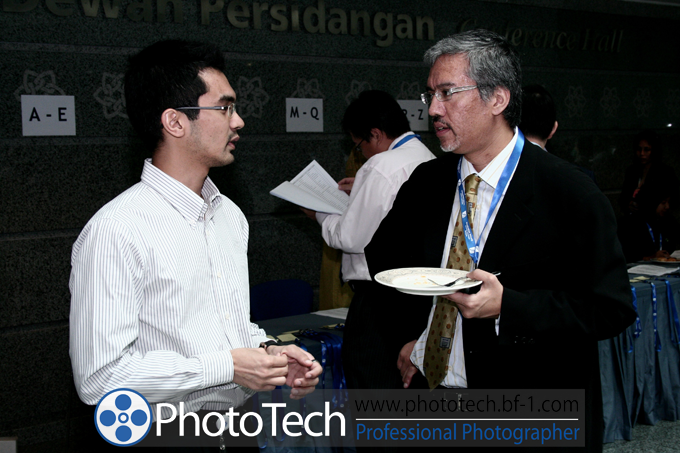securities industry development corporation,securities industry phototech,securities industry professional,securities industry gallery,securities industry web,securities industry bf1,securities industry model,securities industry photo,securities industry portfolio,sidc phototech model,sidc phototech male model,sidc phototech female model,sidc phototech shooting,sidc phototech latest,sidc phototech update,sidc phototech modeling,sidc phototech malaysia,sidc phototech kl,sidc phototech photographer,sidc
[slideshow=7]
[starrater]
Securities Industry Development Corporation
SIDC – MRUT
Photographer : Mr. Raymond Lee @2007 Web Design : Vincent Yong
Location : Kuala Lumpur, Malaysia.
About SIDC
The Securities Industry Development Corporation (SIDC), incorporated in March 2007, is the leading capital markets education, training and information resource in ASEAN. Formerly the training and development arm of the Malaysian Securities Commission established in July 1994, it was known as the Securities Industry Development Centre. The SIDC’s objective remains to create investor awareness; raise professional standards; and enhance skills of Malaysian capital market participants as well as training and developing Malaysian and emerging market regulators.
For more than ten years, the SIDC has organized training programmes for Malaysian and foreign regulators, company directors and market professionals, conducted examinations for licensed market participants as well as successfully holding public investor education seminars on wise investing and investors’ rights.
SIDC develops and facilitates training both locally and internationally through a range of programmes and activities, including conferences, seminars, and workshops supported by computer-based learning. In conjunction with the Securities Commission, it develops examination questions and modules, holds examinations as part of the licensing regime for Malaysian capital market intermediaries.
Welcome Remarks by
John Zinkin
CEO, Securities Industry Development Corporation
Tuesday, 03 July 2007
at the
Islamic Markets Programme
Innovating For Growth
1- 6 July 2007
Securities Commission, Kuala Lumpur
Honored Guests, Distinguished Scholars and Panelists,
Ladies and Gentleman,
Good morning everybody, and to our foreign participants, a very warm welcome to Malaysia.
My name is John Zinkin, and I am privileged to be the Chief Executive Officer of the Securities Industry Development Corporation popularly known as the SIDC. It is indeed an honor and pleasure for me to welcome you all to the SIDC’s second Islamic Markets Programme entitled “Innovating for Growth”.
You may wonder why are we holding yet another conference on Islamic Capital Markets here in Malaysia and why the SIDC considers the IMP as one of its flagship training programs? There are two reasons: the first is that Islamic Capital Markets matter and the second is that they have yet to realize their full potential and training has an important role to play in helping bridge the gap.
Islamic finance matters
Islamic capital markets are experiencing exceptional growth not only in the Muslim world, but also in non-Muslim countries. The increasingly widespread acceptance of Shariah-compliant investments and instruments demonstrates that Islamic finance is being preferred not only on ethical and moral grounds by the Islamic community, but also as commercially viable alternatives in terms of product, cost and efficiency when compared against conventional finance by non-Muslims. As a result, today Islamic finance has a presence in over 75 countries.
The growth of the sukuk market has been particularly impressive averaging 40% per annum. Last year more than 55% of all bonds approved by the SC were sukuk – with a total value of RM 42 billion. Malaysia is the world leader in this field, with around 67% of the issues, and innovative solutions based on Musyarakah, Mudharabah and Ijarah principles have been the engine of growth.
The rise and acceptance of Islamic finance is one of the most significant innovations the financial industry has witnessed. Much has been accomplished by addressing the financial needs of customers within the framework of underlying tenets of Islam. The Malaysian Islamic capital market, for example, now has a full complement of products, infrastructure, institutions, intermediaries and investors, contributing to the development and deepening of the entire capital market. This comprehensive range of products and services includes Shariah compliant equity investment, fixed income securities, derivatives and structured products including Islamic stock broking and fund management services.
Potential demand exceeds supply
Sources of Islamic funds are now said to be in excess of US$ 1.3 trillion, and yet the Islamic capital market represents only US$ 230 billion. This shows that even though the Islamic financial market is growing at between 12 and 15 percent a year, there is still enormous scope for further, faster growth with demand far outstripping supply. Even in the burgeoning sukuk market, global demand, including domestic issuance was worth more than US$ 50 billion at the end of 2006, whereas supply stood at US$ 20.6 billion, indicating a substantial gap to be filled.
So, although Islamic capital markets have grown rapidly, they have not yet realized their full potential. The SC’s Capital Markets Masterplan (CMP) launched in 2001 recognised there was a historic opportunity for Malaysia to become the third hub with London and the Gulf to realize this potential for growth both internationally and domestically. The CMP provides a strategic blueprint for developing an internationally competitive ICM for Malaysia designed to meet the twin challenges of international competition and financial globalisation. Consequently no single sector within the Malaysian capital market has, within such a short time, received as much attention, commitment, resources and facilitation from the government and the regulators, as the ICM.
This programme is further evidence of the focus and priority placed on developing the ICM in Malaysia by the SC.
The challenge we face
Great progress has been made, yet there is still room for further improvement as evidenced by the shortfall of supply to meet pent-up demand. The market suffers from a shortage of supply of sophisticated capital market instruments. There is a pressing need to achieve balance between demand and supply through new product introductions in addition to raising awareness of existing products in other jurisdictions. In short we are faced with the challenge of creating more liquidity – the result of a lack of sufficient knowledge and understanding of the products that are currently available in different jurisdictions; a lack of innovative products to satisfy unmet needs; and finally a shortage of people skilled in Islamic finance to understand the opportunities and to create and market the instruments to meet them.
It therefore goes without saying the development of an ICM talent pool is indispensable for sustaining the performance, competitiveness and future growth of this sector. As a result raising the standards of our intellectual capital must be a high priority on any agenda designed to meet this challenge. The ICM needs a new generation of innovators, regulators, intermediaries and risk managers with the right blend of capital market knowledge and understanding of Shariah principles.
And that is why the SIDC’s annual Islamic Markets Programme is of particular relevance because it represents a planned and carefully thought through process designed for creating educated and well-informed ICM practitioners.
Why the theme “Innovating for Growth”?
This year we have chosen to concentrate on “Innovating for Growth”. Given the strong growth in demand for Islamic financial instruments and a shortage of satisfactory ICM products, the role of innovation in meeting client needs has never been more essential. Moreover, the rapid innovation required can only be based on a profound understanding of the fundamentals and mechanics of the Islamic capital market and its instruments. Therefore the IMP covers the principles of Islamic finance on which further successful innovation and product development must be based.
ICM Products must be structured so that they offer equivalent or better investment returns than their conventional rivals. However, product proliferation should aim at creating not only viable but also attractive options to investors. With intermediaries worldwide rushing in to tap into the Islamic capital market, competition is fierce when it comes to developing new instruments that will satisfy increasingly sophisticated Islamic investors. Constructive thinking, creative product differentiation and positioning, global compatibility, credible pricing, aggressive branding and promotion will ensure that we meet competition head on with mature products to satisfy sophisticated investors. Institutions and intermediaries must take these essentials to heart when structuring innovative Shariah compliant financial instruments.
As a result, during the course of this learning program, you will not only deal with Islamic Capital Market fundamentals, concepts and mechanics, but you will also get to take away new ideas and approaches generated from discussions with our line up of distinguished ICM experts and scholars. In addition to improving the understanding of ICM fundamentals, each year the IMP is designed to focus on one key aspect of this rapidly growing sector.
The programme
The IMP is designed to cater to a wide audience of both experienced practitioners and new entrants into the world of Islamic Finance. It is designed for individuals involved in any aspect of Islamic Finance and is of greatest value for professionals dealing with Islamic products and institutions.
The IMP is an interactive programme designed to facilitate the exchange of views through presentations and panel discussions. We hope that the resulting interaction will provide ample opportunities for you to share the concerns and challenges you face in your home markets. I would encourage you to participate actively in all the sessions and freely voice your thoughts or ideas and challenge “received wisdom” in order to gain maximum benefit from the programme utilizing the unique mix of expert speakers gathered here.
Given the array of experts we have here with us in this programme, I am confident that all of you will go back to your countries brimming with fresh perspectives, innovative ideas and successful models which may help you to address issues that are unique to your countries. Please use this opportunity to network, make new friends, and reconnect with old friends; for only by fostering an active interchange of ideas and experiences and by building a strong international network of expertise will we be able to create the climate of innovation and collaboration needed to produce the new instruments necessary to satisfy the demands of sophisticated Islamic capital market participants.
Conclusion
I hope that my introduction to this seminar has sharpened your appetites to learn more. I have no doubt that you will have much to share and learn from the speakers, and from one another’s experiences.
Distinguished speakers, practitioners and experts, please accept our deepest appreciation for taking time out of your busy schedules to share your experiences and views with the participants of this programme.
A special note of thanks is due to our course directors, Dr. Daud Bakar and Mr. Wan Rahim for their Herculean effort in putting this program together and agreeing to coordinate the program sessions.
Let me not keep you any longer from the programme prepared for you. I hope all of you have a fruitful and rewarding seminar, and a memorable stay in Kuala Lumpur and I look forward to seeing you again next year.
Copyright © 2007 SIDC





